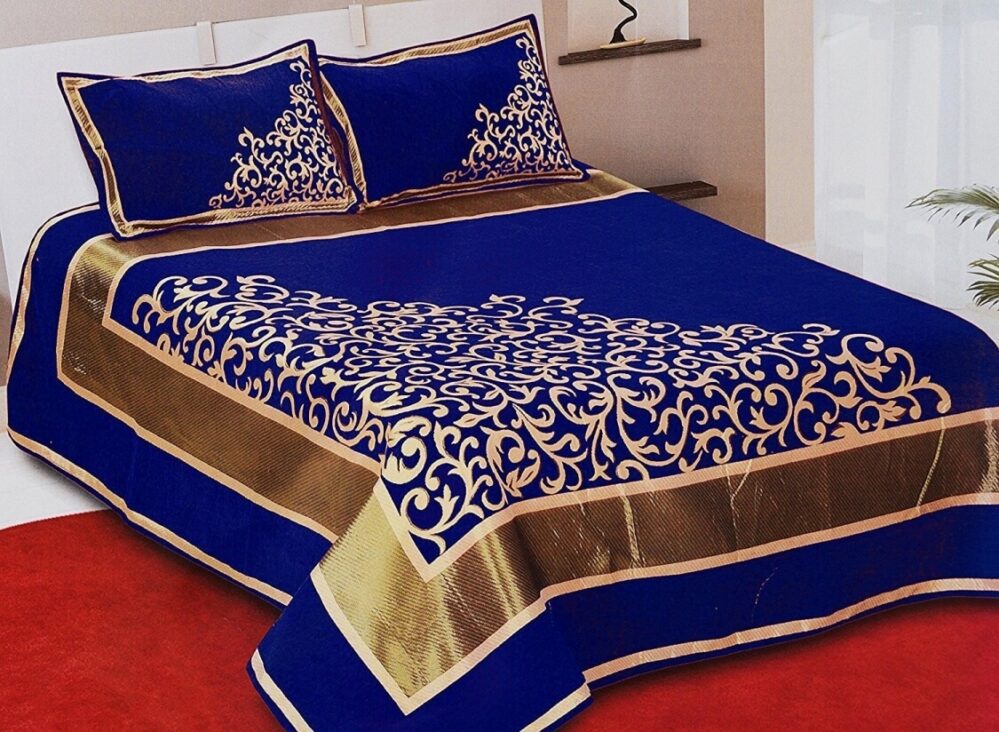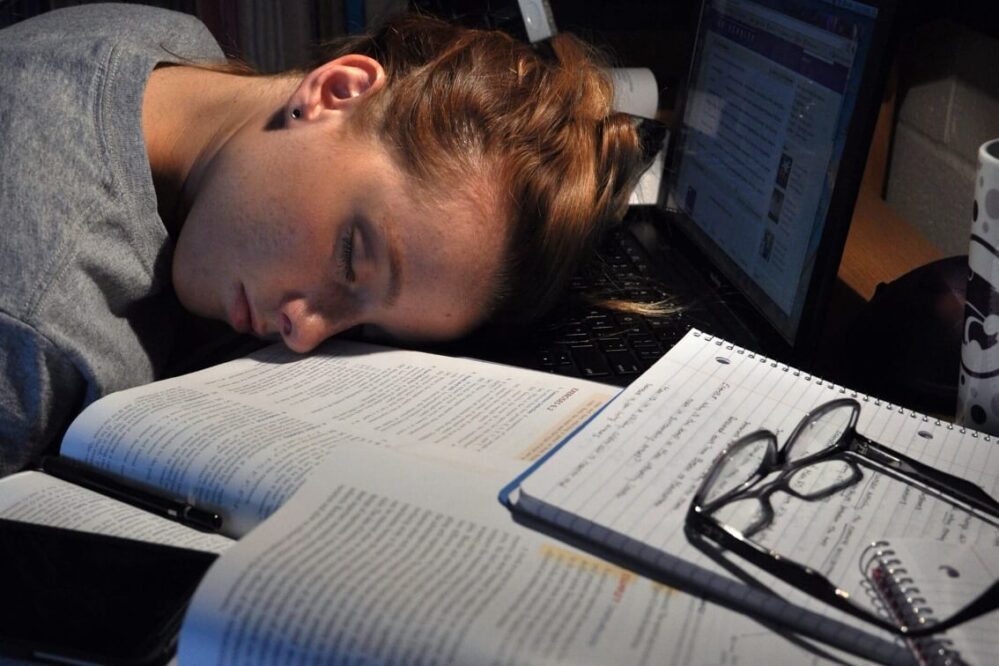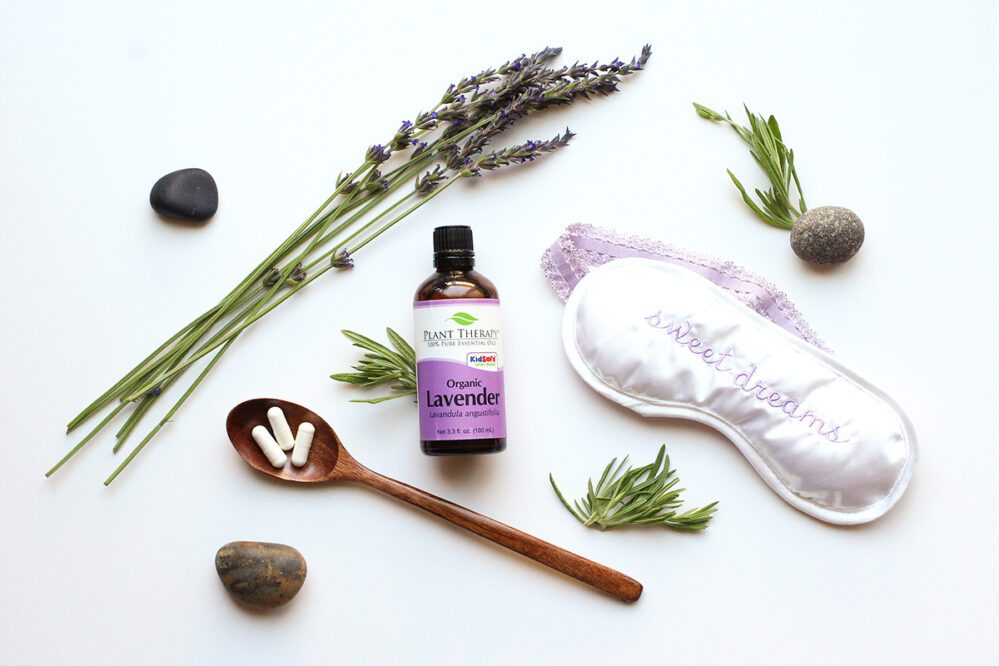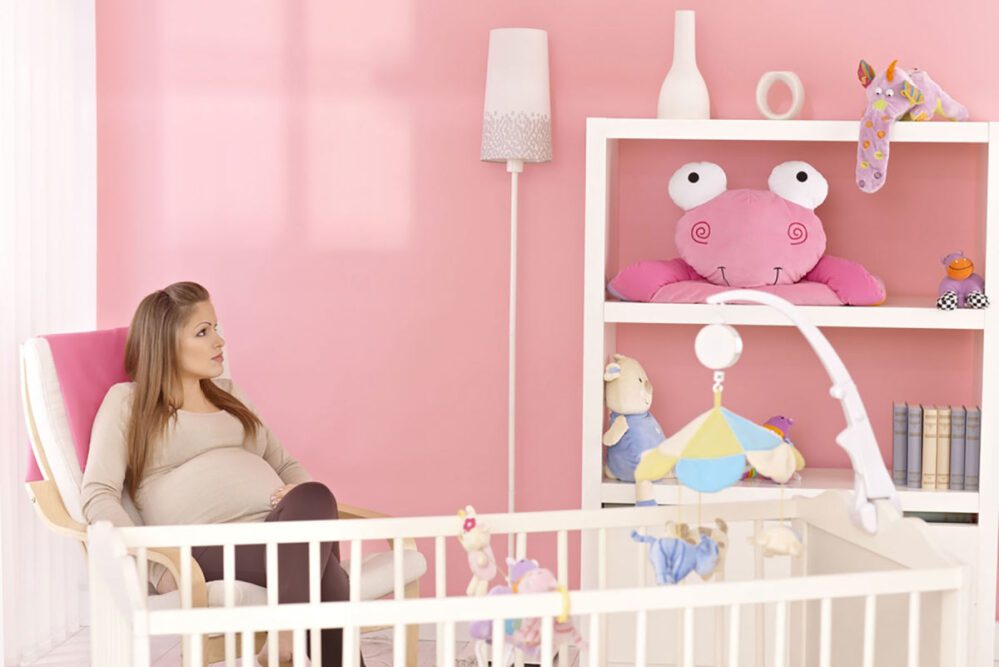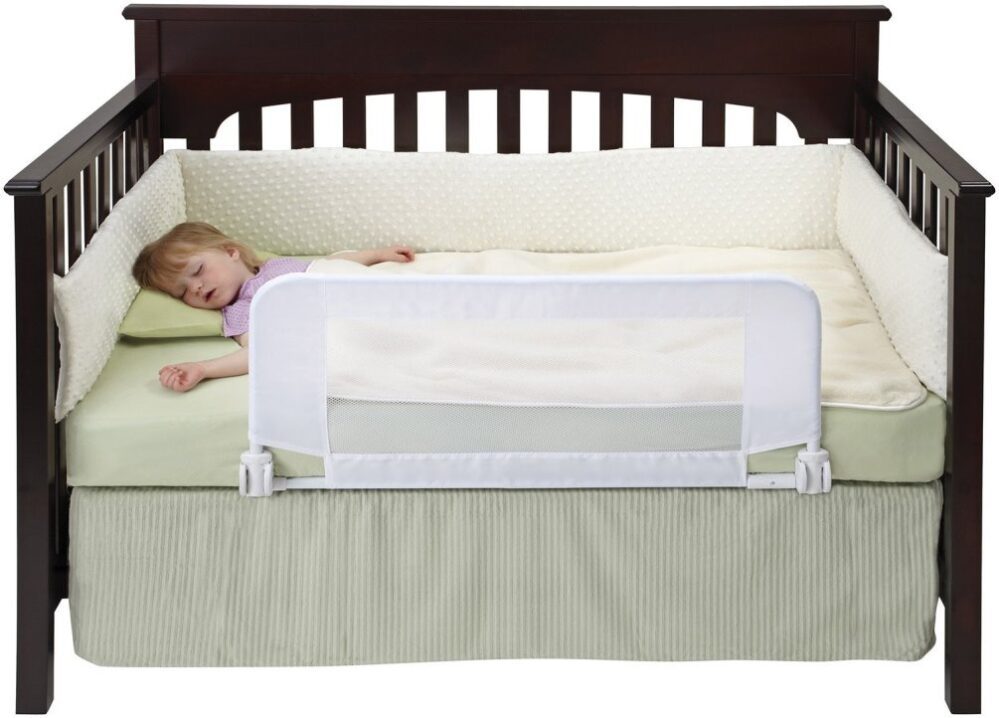
Table of Contents
Your baby’s crib can be the only location you’ll ever leave your little one alone and unattended so it’s critical you ensure it’s totally safe.
Baby Crib Safety
This article lists a very complete set of safety guidelines collected from the Consumer Products Safety Commission along with the Juvenile Products Manufacturing Association:
Crib dimensions to check for:
– There needs to be a minimum of 26 “between raised crib rails and the top surface of the baby’s mattress.
– No less than 9 “between the underside of the crib rails and the top surface of baby’s mattress
– The maximum allowed distance between slats is 2 3/8. “If you are able to pass a 12 oz soda can between the slats, they really are too far apart.
Mattress support:
– The end panels should extend completely underneath the mattress when it reaches the bottom position.
– The mattress support hangers must be secure and control any upward stresses from the bottom of the crib.
– Metal supports are preferred over wooden ones because they can better hold up toddlers who like to jump up and down in their crib.
Entanglement prevention:
A lot of little ones and toddlers are gravely wounded when they become entwined, so make sure there are no decorative cutouts inside cribs head or foot boards. Despite the fact that knobs and other crib decorations craft the crib look cute, they can be dangerous so there needs to be none of them on the crib. If the crib has corner posts, they must no higher than 1/16 “above the end panels.
Stability of the crib
Ensure the crib is totally steady and never unsteady at all. If the crib has casters (wheels), at the least 2 of them should have a locking mechanism so the crib will not move if your tot likes to jump. Newer cribs generally only have one drop side rail, which is preferred over double drop side rails.
Drop-side rail mechanisms
The drop-side mechanisms (latches) bought to need two independent actions to free the lock mechanism. The alternative is to require no less than 10 pounds of force to liberate the lock. If the crib has knee-bar lock release, you want to ensure a tot cannot release it if they crawl to benefit the crib.
Other crib hazards:
– All slats must be firmly in place.
– There needs to be no splintering wood, split, rough or sharp edges, uncoated nails screws or staples and no chipped or otherwise shedding paint.
– Any crib mesh has to be less than “, be securely attached at the top, sides, and bottom.
Crib Mattress:
– The crib mattress is required to be a fit and have one inch or less of room between the edge of the mattress and sides of the crib.
– The mattress should be firm with square corners.
– The mattress needs to be fire retardant. New mattresses must meet fire retardant standards but many older mattresses will not be so.
Other Safety Issues:
Situate the crib at the least 3 “from drapes, cords, streamers and loose wall decorations. Do not ever make use of string, ropes or cords to hold something inside the crib. their attention so you do not need them to be able to pull something down on top of them or get twisted up in any decorations.
Safety Recalls:
Most people ignore product registration cards but it’s particularly critical for return those that come with the crib (and any child products) since you’ll be notified if there are any product safety recalls.
It is best never to use a second-hand crib, even if it is a family heirloom since they probably do not meet current safety standards. Along with higher entrapment dangers, older cribs could contain poisonous chemical compounds or lead-based paints.

